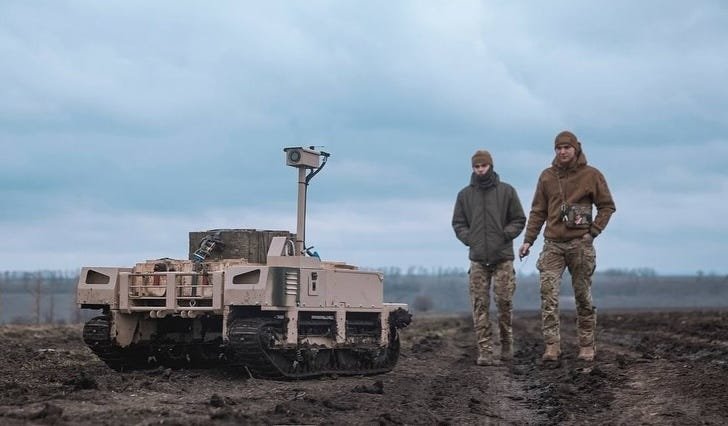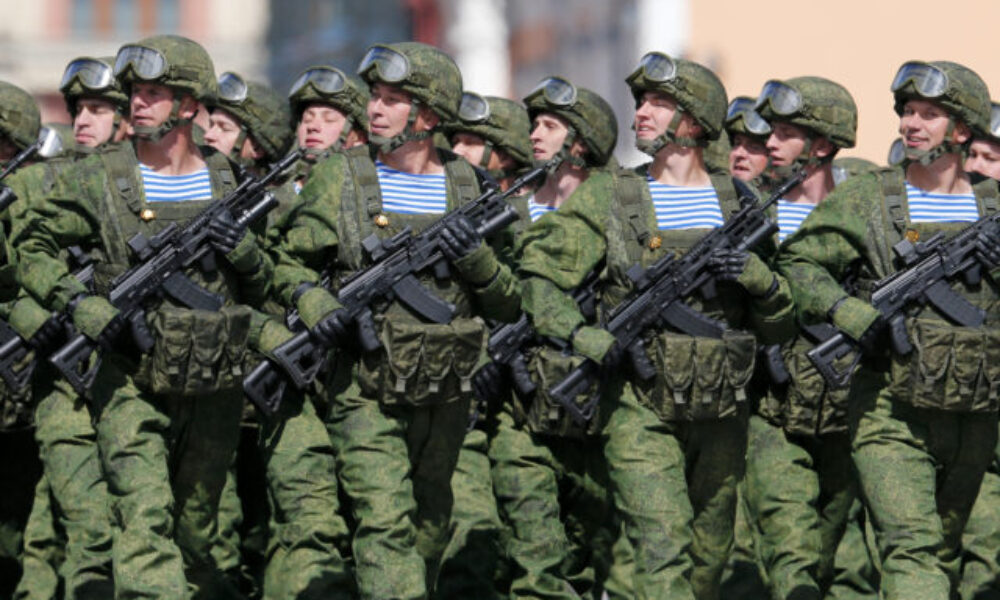
This week, we’ve learned about several major leaps Ukraine has made in unmanned warfare, including the start of mass production of machine vision drones, a field that until recently seemed far-fetched for both Ukraine and Russia. We also witnessed the first documented unmanned attack involving both aerial and ground drones, which resulted in Russian soldiers being taken prisoner.
Many interesting developments are happening in Ukraine, even though we don’t always hear about them immediately, because success often likes silence.
Thank you for reading and supporting my work!
First Confirmed Successful Assault by Unmanned Systems: No Infantry, No Losses
Ukraine’s 3rd Assault Brigade carried out an impressive operation: the soldiers attacked enemy positions in the Kharkiv region, cleared them, and took the occupiers prisoner using only drones and ground-based robotic systems.
First, enemy fortifications were attacked by FPV and kamikaze ground drones. As the next ground robot approached the destroyed dugout, Russians, seeking to avoid detonation, announced their surrender. The surviving occupiers were escorted by Ukraine’s drones and, in accordance with protocol, were taken prisoner.
Before that, neighboring infantry units tried to attack the positions twice.
This marks the first confirmed successful assault in modern warfare carried out exclusively by unmanned platforms.
The very first fully robotic operation without human involvement (also in the Kharkiv region) was carried out by the 13th National Guard Brigade „Khartia“ at the end of 2024. The operation employed ground-based robotic systems, kamikaze drones, mobile turrets, and various types of UAVs. Its primary goal was to test the performance of robotic systems in real conditions, eliminate obstacles, and prepare for a broader offensive. The mission was entirely successful — the unit secured a foothold on the new bridgehead.
Several dozen systems of various types were used: from small drones to platforms weighing several hundred kilograms. All operators remained in constant contact to ensure coordination. Achieving a combined effect from all these unmanned systems was critically important.
“And we succeeded. For example, our robotic platform with a machine gun reached its designated position and completed its task. A ground-based kamikaze drone also reached its final point. We detonated it in front of the enemy fortification, achieving an effect that could not have been delivered by aerial drones. In forested terrain, it was simply impossible to see all the features of the position due to trees and foliage. The explosion of the ground-based kamikaze not only destroyed parts of the fortifications but also cleared the view for our UAVs,” commented one of the military officers who took part in the operation.
Overall, the Russians were caught off guard by this operation. Everyone is used to UAVs by now, but in this case, they were also attacked by ground platforms that exploded and opened fire — something completely new.
The key lesson from this assault is that Ukrainian forces became truly capable of planning and executing large-scale operations using a combination of ground and aerial drones.
“Will the war of the future be a war of robots? I’m not sure. I believe war is always about people. Robots and drones are just a type of weapon — a means to reach and strike the enemy. War will always be a human endeavor,” – said the Ukrainian soldier.
FPV Drone with Mortar Round: Innovation from Ukrainian Armor
Ukraine’s MoD codified and approved for use a new UB60D strike unmanned aviation complex. It was developed by the Ukrainian Armor. The complex includes 250 FPV drones with built-in warheads and a ground control station. Ukrainian Armor developed a solution that enhances the combat readiness of an FPV drone by integrating it with a standard 60mm mortar round.










